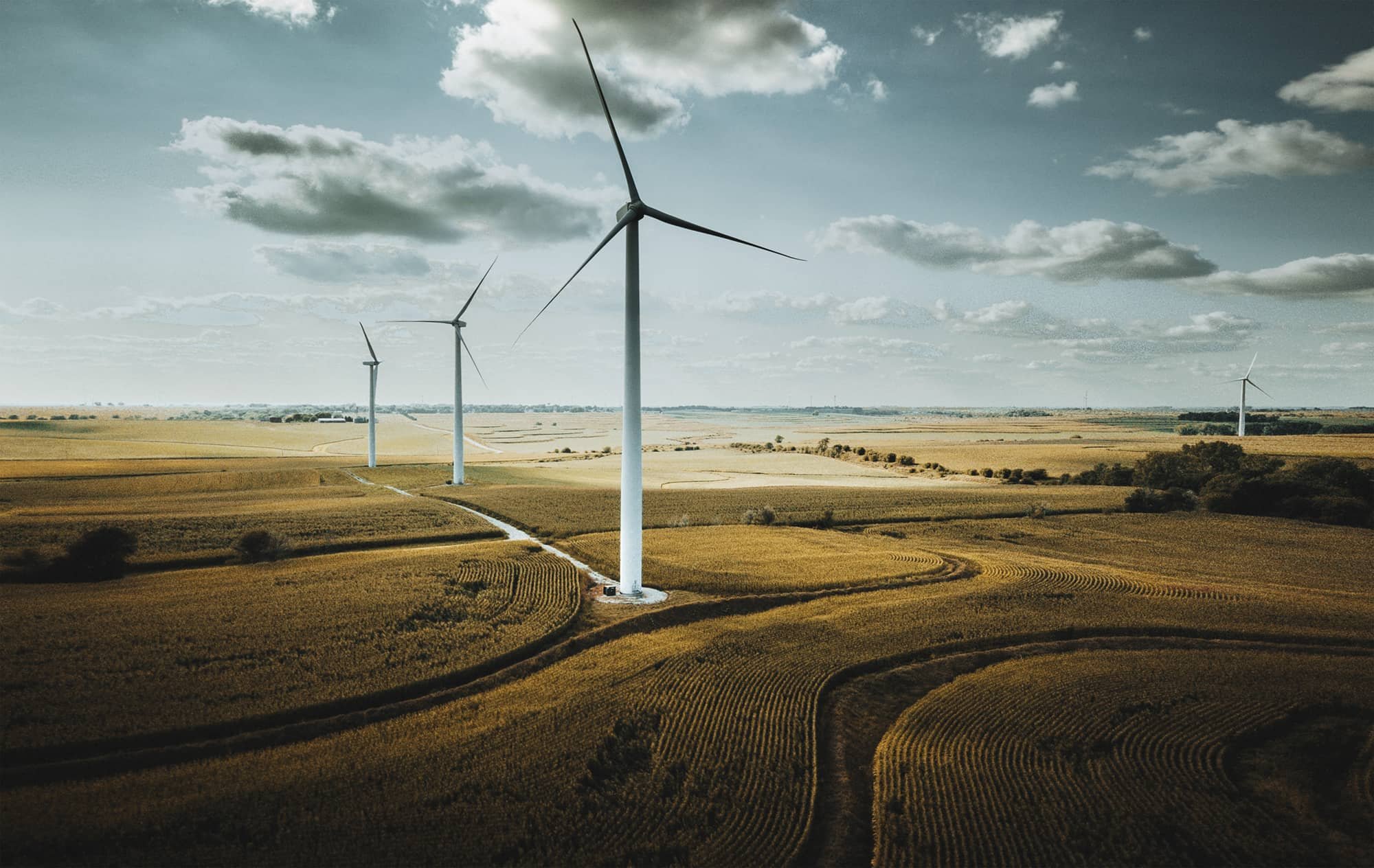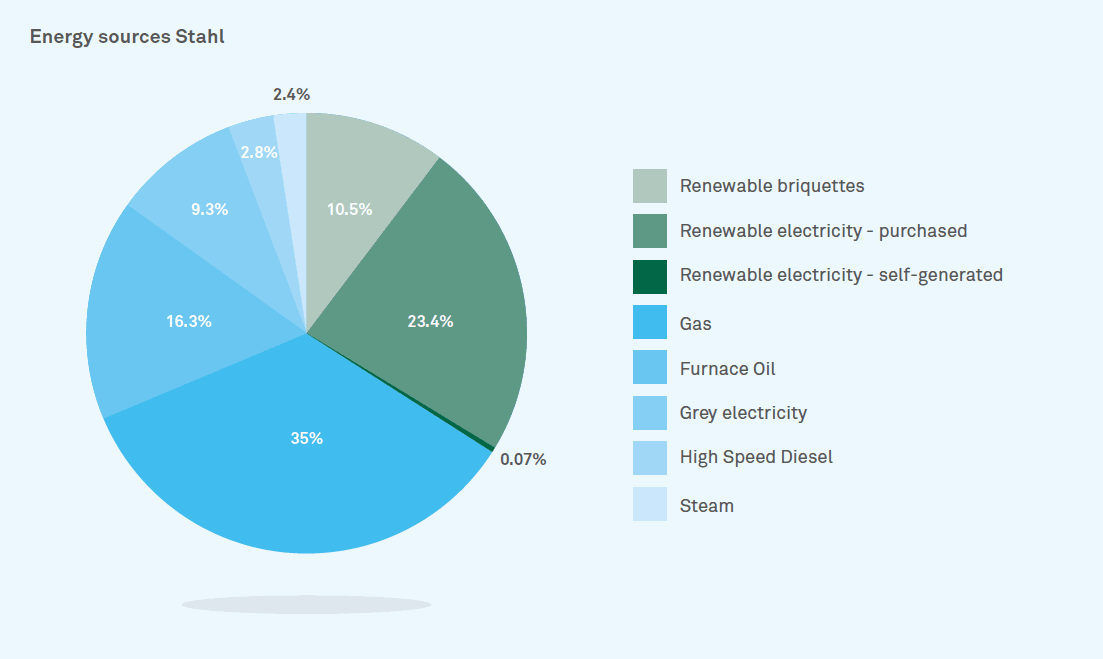
Energy: renewable energy sources get first preference

Using energy more efficiently and switching to renewable energy sources is essential for combating climate change. As Stahl, we regularly upgrade our production sites and laboratory facilities to achieve energy efficiencies that improve our environmental footprint.
Progress on our solar energy projects
As outlined in our ESG Roadmap to 2030, Stahl’s ambition is to have self-generated renewable energy capacity at six of our sites by the end of the decade. In 2022, we took important steps towards this goal. In June, we inaugurated a solar energy plant at our Mexican production site, the second Stahl site after Brazil to generate solar energy. With 1,016 solar modules and eight inverters, providing an installed capacity of 554 kWp (kilowatt peak), the Mexico site aims to source 52% of its electricity from solar energy. In October, we also completed the installation of a new ground-mounted solar array at Stahl's Kanchipuram site in India. Together, these two projects have increased the share of renewable energy in Stahl's overall energy mix to 42%, up from 38% in 2021.
In addition to our on-site solar installations, we’re finding more ways to increase our use of clean energy. For example, in May 2022, Stahl’s Centre of Excellence in León, Mexico, installed two solar water heaters on the upper part of the building. The following month, Stahl Italy began using a new solar-powered heating system for two of its buildings. These small but important developments mean that hot water required for sanitation in laboratories and other facilities can be heated without the use of a gas boiler.
Stahl’s renewable energy commitment
In 2017, we began purchasing renewable electricity for our manufacturing sites in Europe, and these now run entirely on green energy. Renewable energy sources now account for 34% of our global energy consumption.
In 2018, we installed solar panels at our manufacturing site in Portão, Brazil. The panels have a total capacity of 840 kW and supply approximately 50% of the electricity consumed in the facility. During 2019 Stahl will monitor the success of this project and will make plans to introduce solar energy at our other facilities. This will form part of the mix of energy efficiency projects we have underway at our manufacturing sites around the world.

Energy intensity: total energy consumed per production volume
We report on energy as the total energy consumed in TJ and per production volume (i.e.: energy intensity). In 2018, we included more energy sources in our reporting (briquettes, high speed diesel and renewable vs. traditional and gray electricity). And we introduced a distinction between renewable and traditional and gray electricity sources.
| 2018 | 2017 | 2016 | 2015 | |
|---|---|---|---|---|
| Energy (TJ) | 380 | 3901 | 319 | 305 |
| Share of Renewable energy* | 34% | 34% | - | - |
| Total production volume | 228,440 | 238,590 | 207,923 | 195,646 |
| Energy intensity (TJ)* | 0.00166 | 0.00163 | 0.00153 | 0.00156 |
| These KPI's have been audited and verified by Ernst & Young. | ||||
1. Energy intensity is (Energy consumption (TJ) per tons produced) = Energy (TJ) / Total production volume
* Energy consumption is based on Lower Heat Value (LHV). 2017 energy in TJ now also includes Briquettes consumption by Kanchipuram.
This category was added in 2018. To show the trend in 2018 compared to 2017, we added this.
Energy defined by GRI
The Energy standard defined by GRI addresses amongst others the use of energy, the various forms of energy and the sourcing of energy.